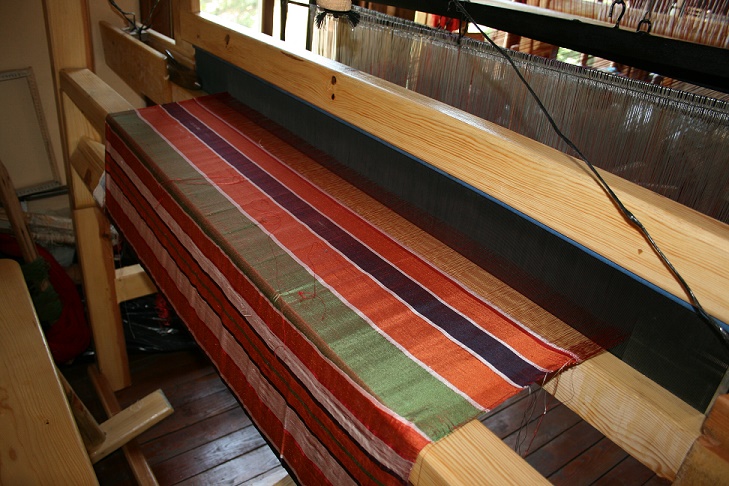
The history of silk weaving in Bursa goes back to the Byzantine period. Sericulture, which traditionally originates in China, began in Bursa in the year 522 B.C. with silkworm cocoons smuggled from China. With the climate on the shores of the Sea of Marmara and its environs of Bursa being particularly suitable for the culture of silkworm, it permitted sericulture to develop rapidly in the region. It continued developing during the Ottoman period, when the Silk Road even reached Bursa. Sericulture and weaving reached their peak in Bursa during the 15th and the 16th centuries. The greatest han in Bursa was the center of the silk trade, Koza Han, or 'Cocoon Han'. The most important producer of silky materials during the Ottoman period, Bursa became a raw material seller after the 18th century.
The development of the textile industry in Bursa today has the sericulture tradition as a strong base. The city continues to produce silk for the Turkish and global markets today.
